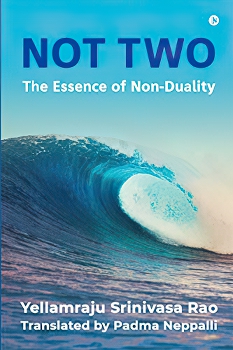
On the face of it, this is a well-written and readable book, ideally suited for a new seeker. E.g. the sections on ‘The Illusory Nature of the Separate Self’ and ‘Knowledge Dispels Ignorance’ are excellent.
Unfortunately, should any reader accept everything that is written at its face value, they will come away with some serious confusions. In what follows, I apologize in advance for some of what may seem to be harsh criticisms, but my own perception of these points is heightened as a result of spending the last year writing my own work on ‘confusions’ of precisely this sort.
The author uses the traditional teaching method of adhyāropa-apavāda but it is not made clear when what is being said is only provisional. Also, there are very few references to the source of what is being presented. (And one of those that is provided doesn’t exist!) There are many places where the author writes ‘as Shankara said’ but scarcely a single pointer to where he said it. There are numerous places where I, as an informed reader, need those references before I will even consider what is being said to be credible!
Continue reading